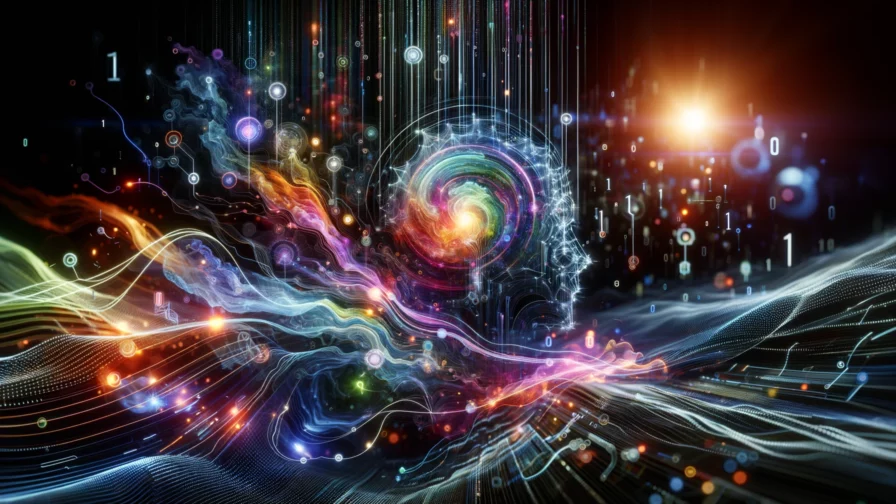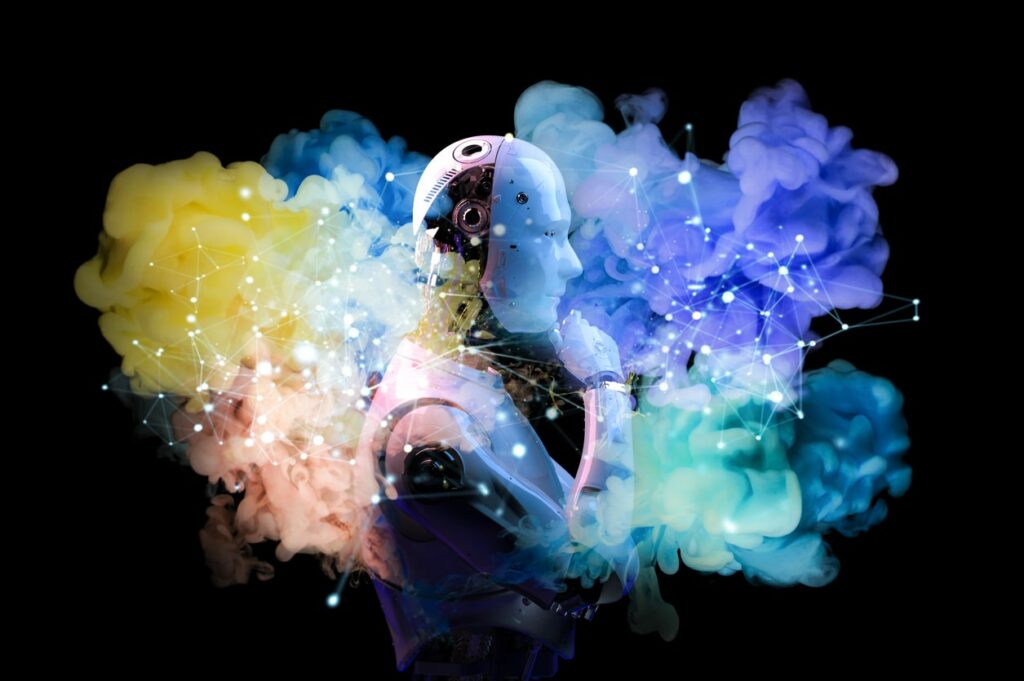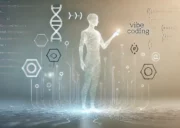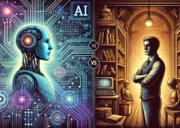
OpenAI has announced the launch of Sora, marking a significant milestone in the integration of AI within the creative industries. Aimed at professionals and creatives alike, OpenAI promises its new tool will streamline video creation from text, making high-quality content more accessible and customizable. However, Sora is still in its beta phase, being tested by a select group of creators and safety experts.
Technical aspects: how does Sora work?
Sora stands out for its innovative approach to processing and generating visual data from text. Let’s take a look at some of the main technical aspects and research shared by OpenAI so far.
Unified Representation of Visual Data
At the core of SORA’s technical advancement is a novel method that transforms visual data into a unified representation, facilitating the large-scale training of generative models. This approach is crucial for SORA’s ability to generate a wide array of visual content, from images to videos of varying durations, resolutions, and aspect ratios.
Unlike previous models that often specialized in limited categories of visual data or worked best with short, fixed-size videos, SORA is designed as a generalist model capable of generating up to a full minute of high-definition video.
From Visual Data to Patches
Drawing inspiration from the success of large language models (LLMs), Sora adopts a similar strategy for visual data by training on a vast scale of internet-derived content. Just as LLMs utilize tokens to handle various forms of text, SORA introduces “visual patches” as a scalable and efficient representation for training on diverse visual content. This allows Sora to learn from a wide range of videos and images, thus inheriting the generalist capabilities seen in LLMs.
Video Compression and Decomposition
Sora employs a video compression network to reduce the dimensionality of visual data, converting raw videos into a compressed latent space. This process involves not only spatial but also temporal compression, resulting in a compact representation that Sora can generate from. The decompression, or decoding, phase maps these latent representations back to the pixel space, enabling the creation of detailed and nuanced visual outputs.
Spacetime Latent Patches and Scaling Transformers
The compressed video data is further processed into spacetime patches, serving as the tokens for transformer models. This approach allows Sora to handle videos and images of various sizes and shapes. The model is adept at generating content with variable resolutions, durations, and aspect ratios, by organizing these patches in a grid pattern at inference time.
Sora leverages the scaling capabilities of diffusion transformers, which have shown remarkable efficiency across domains such as language, vision, and image generation. This model architecture enables SORA to predict “clean” visual patches from noisy inputs, a process that improves significantly with increased computational resources.
Recommended article: Will Phind become the best AI code generation tool?
Advantages of Native Size Training
Unlike traditional methods that standardize videos to a fixed size, training SORA on native-sized data offers multiple benefits. OpenAI claims this allows for greater flexibility in sampling, enabling the creation of content in a wide range of aspect ratios suitable for various devices.
Enhanced Language Understanding
To further refine SORA’s text-to-video generation capabilities, a re-captioning technique similar to that used in DALL·E 3 is employed. This involves training a captioner model to produce descriptive text captions for videos, which in turn improves text fidelity and video quality. Additionally, leveraging GPT for expanding user prompts into detailed captions ensures that generated videos closely align with user intentions.
Beta Phase: Understanding Sora’s Limitations
Sora Video Production Boundaries
Length Limitation: Sora’s capability to produce videos extends up to one minute. For projects exceeding this duration, looking into other solutions might be necessary.
Detail and Uniformity: Although Sora creates visually rich content, it occasionally faces challenges with maintaining consistency, especially in depicting sequential actions. OpenAI states that “It might inaccurately show a cookie as intact even after being bitten.”
Orientation and Positioning: There are instances where Sora may mix up left and right, affecting the accurate placement and orientation of objects within the videos.
Ethical Use: As with any AI technology, there’s a potential risk of misuse in creating misleading or harmful content.
Sora Creative Limitations
Prompt Clarity: Sora performs best with precise and straightforward prompts. Complex instructions or abstract concepts could result in less accurate outputs. Keep it simple.
Content Guidelines: Adherence to OpenAI’s policy means certain types of content are off-limits, including violence, explicit material, hate speech, celebrity impersonations, or any content that could infringe on copyright laws.
Customization Options: At the moment, Sora offers limited customization capabilities. This means that specific desires regarding character appearance, camera angles, or intricate plot details might not be fully achievable.

Is Sora the only AI video creation tool?
OpenAI’s Sora represents a significant leap forward in generative modeling for visual content, combining innovative techniques in data representation, model scaling, and language understanding. However, it’s not the first or the only AI video creation tool. Here’s a list of other platforms that are using AI applied to video creation and editing for different purposes.
Synthesia
Main features: Text-to-video generation with realistic AI avatars, over 60 different languages supported, ability to customize avatar appearance and voice, green screen support for adding custom backgrounds.
Descript
Main features: AI-powered transcription and editing, automatic speech leveling and noise reduction, ability to edit video by editing the script, text-to-video generation with limited avatar options.
Runway
Main features: Focuses on creative video editing with AI effects and filters, large library of user-generated content, and experimental features like green screen replacement and style transfer.
Pictory
Main features: Creates social media videos from text and blog posts, offers various video templates and music tracks, AI-powered video summarization and chapter creation.
HeyGen
Main features: Creates spokesperson videos with AI avatars, offers multiple avatar styles and voices, ability to upload custom scripts and branding elements.
InVideo
Main features: Large library of video templates and pre-made scenes, easy-to-use interface for beginners, text-to-video generation with some avatar options.
DeepBrain AI
Main features: Text-to-video generation with a focus on educational and explainer videos, offers different video styles and character options, ability to add quizzes and interactive
Veed.io
Main features: Cloud-based video editing platform with some AI-powered features, includes automatic captions and transcriptions, text overlays and transitions, video trimming, and cropping.
Elai.io
Main features: Creates product demo and explainer videos with AI assistance, offers pre-built video templates and storyboards, ability to add voiceovers and music, interactive elements, and screen recordings.
Colossyan
Main features: Creates marketing and sales videos with AI-powered text-to-video generation, offers a variety of video styles and character options, ability to add custom branding and music.
Conclusion
Keep in mind that this list is not exhaustive and there are many other AI video creation and editing platforms available, and new ones are being created every day! The best platform for you will depend on your specific needs and budget!




